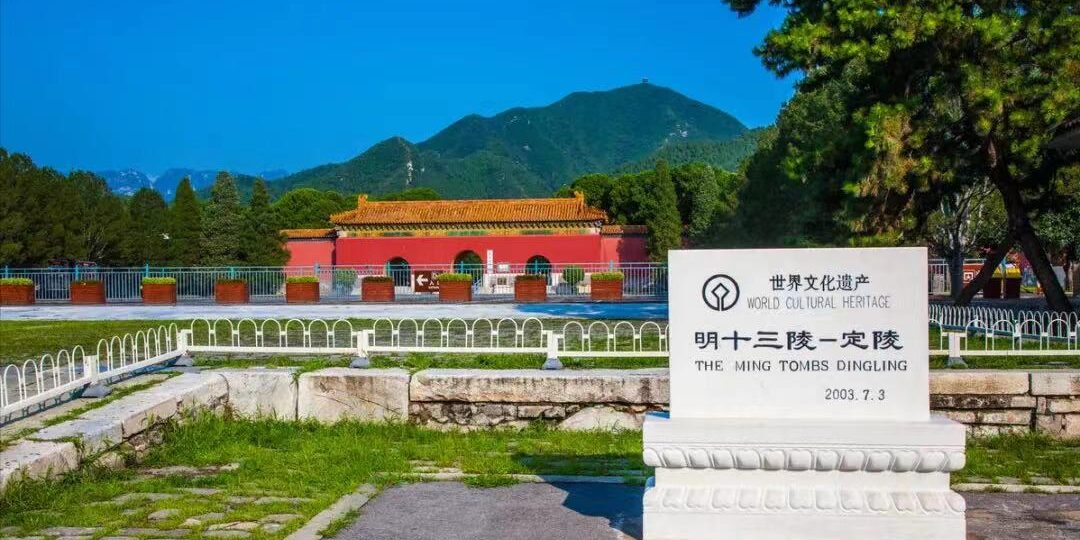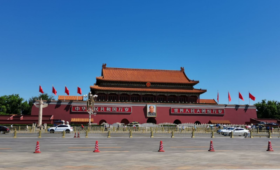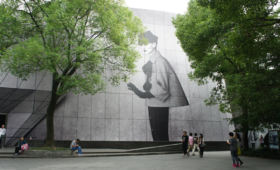Ming Tombs Dingling,the underground mausoleum of emperor wan li,is one of the thirteen imperial tombs of the ming dynasty (1368-1644).
Emperor wan li (1573-1620) ordered the construction of his own tomb when he was 22
and it took six years to complete the construction which cost about two year’s land taxes of the entire empire.
The emperor gave a party in his own funeral chamber,so the chronicles say,
to mark its completion, and thirty years later he was buried in it amid a splendid ceremony.
Ming Tombs Dingling was excavated in 1958 and has since been open to the public as an underground museum.
Some fifty kilometers northwest of beijing city center,
the group of tombs (known as ming tombs) near dingling are scattered around the southern slopes of the heavenly longevity mountains,
bounded by hills on three sides with a southern exposure to an open plain.
The approach to the ming tombs is a shaded 7-kilometer-long road known as the sacred way.
Its beginning is marked with a marble archway standing 27 meters long and 15 meters high.
The marble archway is similar to the triumphal arches of europe (paris, rome, berlin, etc.).
This archway, one of the finest and best preserved in the country, was erected in 1540,
at a time when chinese architecture had reached its climax.
A stone table nearby proclaims that entrants must dismount at this point and proceed on foot,
that admittance beyond the archway was forbidden to ordinary citizens,and that violating this law was punishable by death.
Further on, this road is lined with gigantic stone statues,24 of lions, camels, elephants, horses, and mythical animals and 12 of generals, civil mandarins, and courtiers.
Dingling consists of the underground palace and surface structures,
most of which are now in ruin, leaving the magnificent soul tower still standing in a spacious courtyard.
Each corner of the tower is a single block of stone.
The rafters, beams and architraves are also carved out of stone and decorated with colorful motifs.
The tower houses a large stone tablet inscribed with wan li’s posthumous title.
The Ming Tombs
The Ming Tombs,also known as the Thirteen Tombs of the Ming Dynasty,
are a collection of mausoleums located in the Changping District of Beijing, China.
They were built during the Ming Dynasty (1368-1644) to serve as the final resting place
for thirteen emperors of the dynasty and their consorts.
The Ming Tombs cover an area of over 120 square kilometers and consist of various structures,
including the Sacred Way, which is a long path lined with sculptures;
the Hall of Eminent Favor, where memorial tablets of the emperors are kept; and the underground tombs themselves.
Each tomb is unique in its architecture, design, and decorations,
reflecting the individual taste and personality of the emperor who commissioned it.
Today, the Ming Tombs are a popular tourist attraction that offers visitors a chance
to learn about Chinese history, culture, and architecture.




